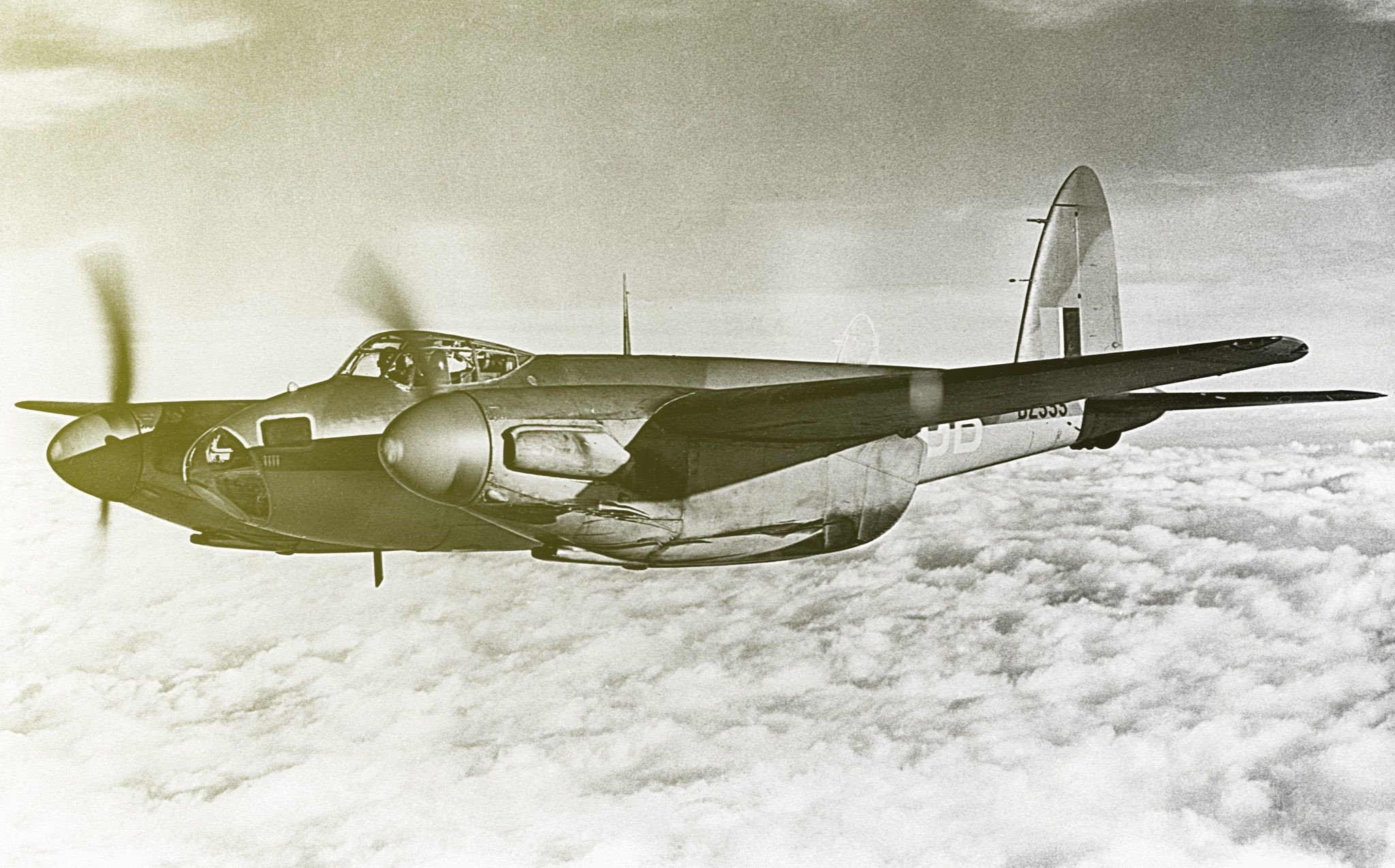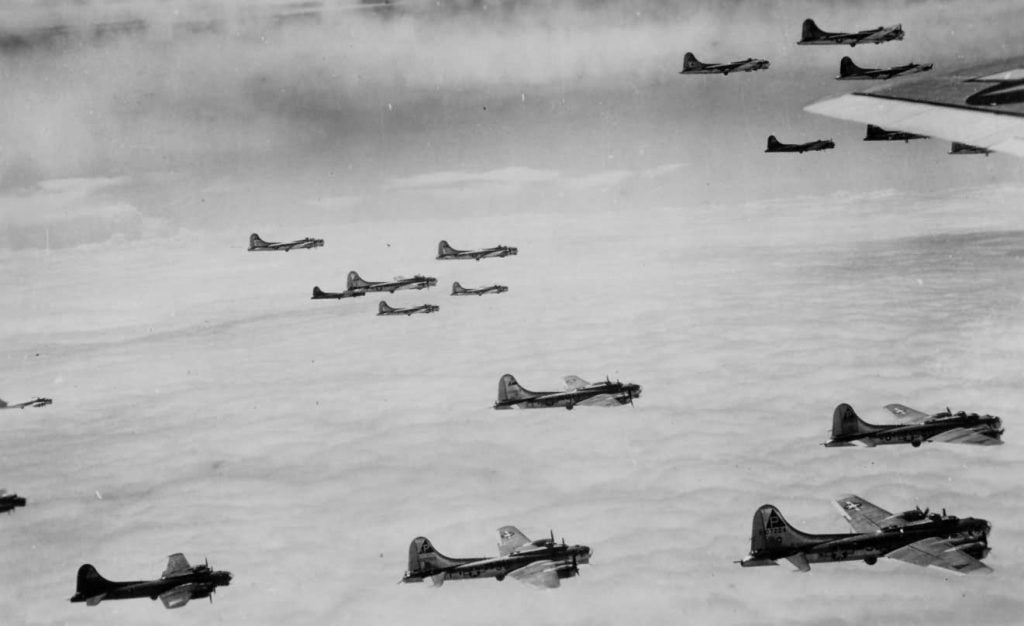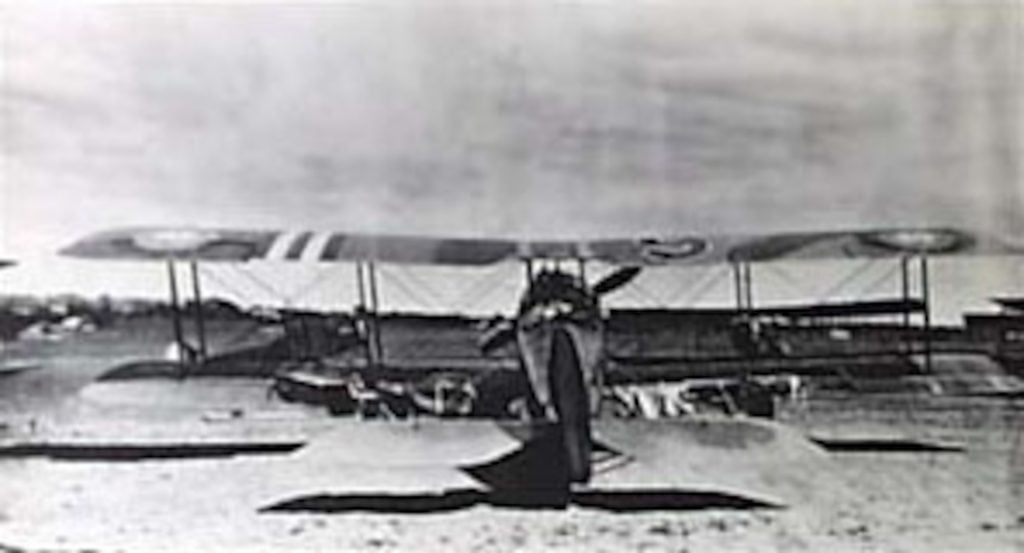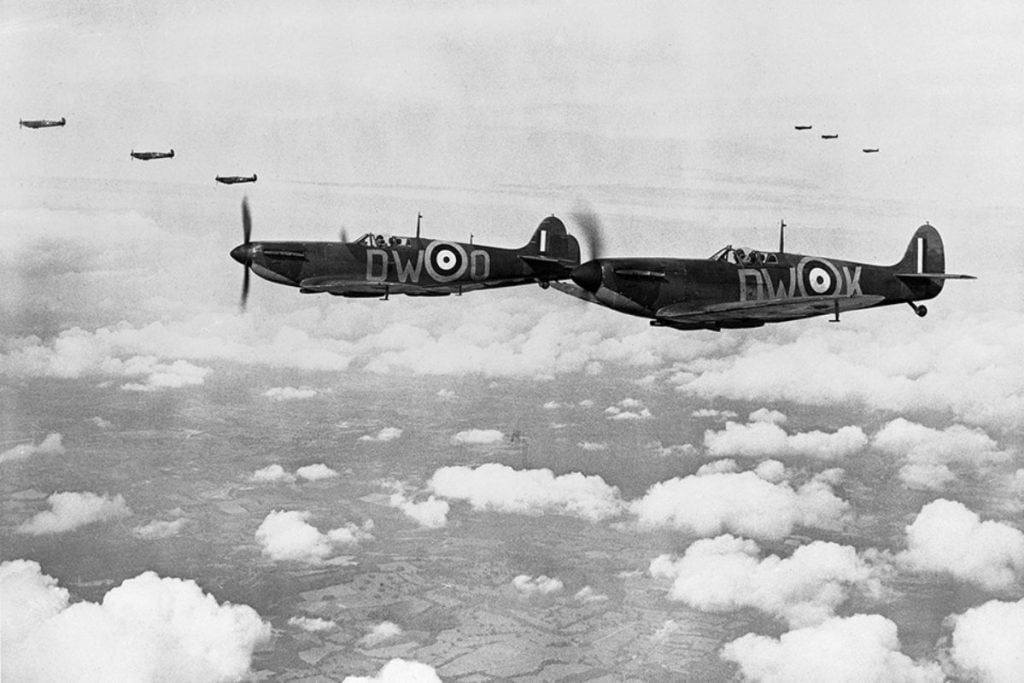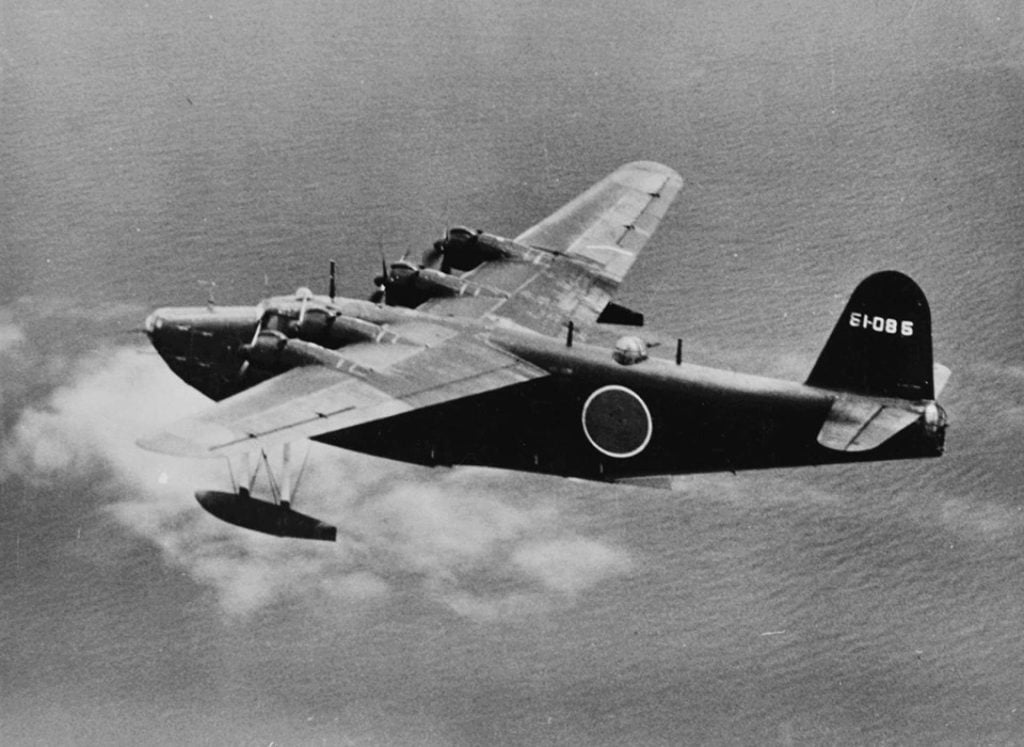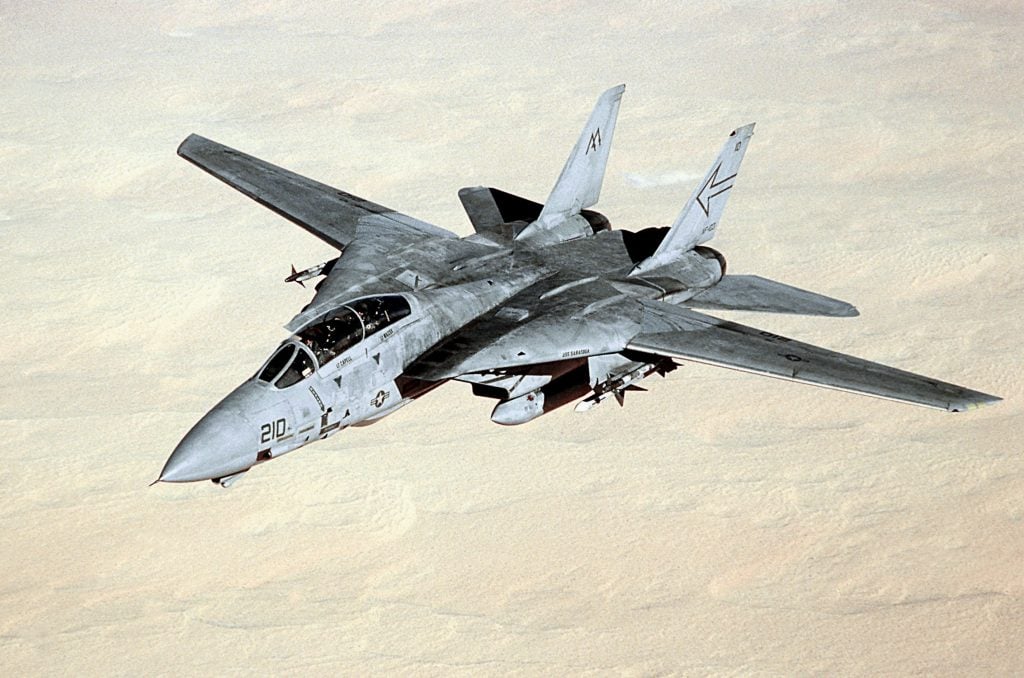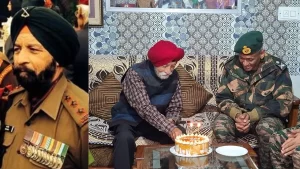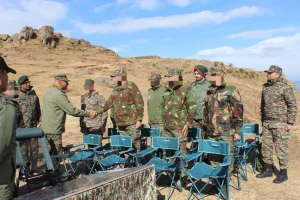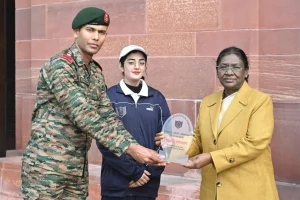The annals of military history are replete with pivotal air battles that have shaped the course of wars and the destiny of nations. From the skies over the Western Front in World War I to the vast expanses of the Pacific Theater in World War II, the clashes between aerial forces have often proven to be the decisive factor in the outcome of major conflicts. These engagements have not only showcased the technological prowess of the combatants but have also highlighted the critical role that specific aircraft have played in tipping the scales of victory.
In this comprehensive article, we will delve into 5 Famous Air Battles and the Planes That Shaped Them, exploring the key aircraft that dominated these engagements and the lasting impact they had on the evolution of military aviation.
1. The Battle of Saint-Mihiel
The Battle of Saint-Mihiel, fought from September 12-15, 1918, marked a significant milestone in the history of the United States Army Air Service (USAAS). Under the command of General John J. Pershing and air service commander Colonel William “Billy” Mitchell, the American Expeditionary Forces (AEF) and 110,000 French troops launched a massive offensive against German positions, with over 1,400 Allied aircraft providing crucial air support.
The aircraft that played a pivotal role in this battle were a diverse array of fighters, bombers, and reconnaissance planes. The French-built SPAD S.XIII, a fast and heavily armed biplane fighter, showcased its prowess in air-to-air combat, while the versatile Breguet 14 bomber and the reliable Salmson 2 reconnaissance aircraft proved invaluable in supporting ground operations.
The Battle of Saint-Mihiel was a resounding success for the Allies, demonstrating the growing importance of air power in modern warfare and laying the groundwork for future air campaigns. The performance of the USAAS in this engagement marked the beginning of the American air force’s prominent role in the final years of the war.
How U.S. Combat Air Patrols Watch Over the Skies
2. The Battle of Britain
The Battle of Britain, fought from July to October 1940, was a pivotal moment in World War II. The Royal Air Force (RAF) found itself defending the United Kingdom against the relentless onslaught of the German Luftwaffe, in what was the first major military campaign fought entirely by air forces.
The RAF’s triumph in this historic engagement was largely due to the superior performance of its aircraft and the exceptional skill of its pilots. The Supermarine Spitfire, known for its agility and high-performance in dogfights, and the Hawker Hurricane, the workhorse of the RAF responsible for 60% of the Luftwaffe’s losses, played crucial roles in the battle. Meanwhile, the Messerschmitt Bf 109, the Luftwaffe’s main fighter, proved formidable in combat but ultimately could not match the capabilities of its British counterparts.
The victory in the Battle of Britain not only prevented a German invasion of the UK but also ensured that the Allies had a crucial base for future operations. This triumph marked a significant turning point in the war, as it was the first defeat of Hitler’s military forces.
3. The Attack on Pearl Harbor
The attack on Pearl Harbor, carried out by the Imperial Japanese Navy Air Service on December 7, 1941, was a defining moment in world history. This surprise military strike against the United States naval base in Hawaii led to the United States formally entering World War II the following day, forever altering the course of the conflict.
The effectiveness of the Japanese aircraft in this attack demonstrated the importance of air power in modern warfare and highlighted the vulnerabilities of even the most fortified naval bases. The Mitsubishi A6M Zero, a long-range carrier-based fighter with exceptional maneuverability, and the Nakajima B5N Kate, the primary Japanese torpedo bomber, were instrumental in the success of the assault. Meanwhile, the Douglas SBD Dauntless, a U.S. naval scout plane and dive bomber, would go on to play a critical role in the Pacific Theater.
The attack on Pearl Harbor marked a turning point in the war, as it transformed the United States into a major global power and set the stage for the country’s eventual dominance in the Pacific.
4. The Battle of Kursk
The Battle of Kursk, fought from July to August 1943, is often remembered as the greatest tank battle in history. However, this epic engagement also witnessed a significant air battle, with both the Soviet and German air forces playing crucial roles in the outcome.
The air battle over Kursk was a testament to the increasing importance of air power in combined arms operations. The Ilyushin Il-2 Sturmovik, a heavily armored ground-attack aircraft dubbed the “Flying Tank,” proved instrumental in providing close air support to Soviet ground forces. Meanwhile, the Messerschmitt Bf 109G, an upgraded version of the iconic fighter used in the Battle of Britain, and the Junkers Ju 87 Stuka dive bomber, which made its combat debut during the Spanish Civil War, represented the Luftwaffe’s aerial might.
The Battle of Kursk is remembered as the largest air battle in history, with three million soldiers, 8,000 tanks, and 5,000 aircraft engaged in the conflict. This epic clash marked a significant turning point in the war, as the Soviets successfully repelled the German offensive and began their long march towards Berlin.
Combat Aircraft Around the World: A Country-by-Country Breakdown
5. Operation Desert Storm
Operation Desert Storm, the massive air campaign that launched the Gulf War in 1991, was a testament to the overwhelming power of modern air forces. Led by the United States and a coalition of allied nations, the air offensive achieved total air superiority within days, paving the way for the ground campaign that would ultimately liberate Kuwait from Iraqi occupation.
The aircraft that played a crucial role in this operation represented the pinnacle of late 20th-century military aviation. The stealthy F-117 Nighthawk, virtually invisible to radar, and the multirole F-15E Strike Eagle, highly effective in air-to-ground missions, showcased the technological advancements that had transformed aerial warfare. Additionally, the venerable B-52 Stratofortress, a long-range bomber capable of delivering massive payloads, continued to demonstrate its enduring value in the modern battlefield.
The success of Operation Desert Storm’s air campaign highlighted the devastating impact of precision-guided munitions and stealth technology, foreshadowing the future of air-centric military operations in the 21st century.
10 Best Close Quarters Combat Weapons in the World 2024
Conclusion
The air battles highlighted in this article have not only shaped the course of wars but have also left an indelible mark on the evolution of military aviation. From the pioneering efforts of the USAAS in the Battle of Saint-Mihiel to the technological superiority showcased in Operation Desert Storm, these engagements have demonstrated the critical role that aircraft have played in determining the outcome of major conflicts.
The aircraft that dominated these battles, from the agile Spitfires and Hurricanes of the Battle of Britain to the formidable Sturmovik and Messerschmitt fighters of the Battle of Kursk, have become iconic symbols of their respective eras. These planes have not only served as tools of war but have also inspired generations of aviation enthusiasts and military strategists alike.
As we look to the future of military aviation, the lessons learned from these historic air battles will undoubtedly continue to shape the development of new aircraft and the tactics employed by air forces around the world. The enduring legacy of these iconic engagements serves as a testament to the enduring power and significance of air power in the annals of military history.
FAQs
1. What is the greatest air battle in history?
Battle of Kursk
2. Which battle was fought mostly in the air?
Battle of Britain
3. What was the first battle to use planes?
The airplane was first used in warfare on October 23, 1911, during the Italo-Turkish War. On that day, an Italian pilot conducted a one-hour reconnaissance mission over enemy positions near Tripoli, Libya, flying a Blériot XI monoplane.
4. What is the oldest war plane?
The 1909 Wright Military Flyer
5. What was the first air battle in the world?
LONDON, Aug. 3, 1914 (UP) — The inaugural aerial combat in history occurred at Longwy, France, where a French pilot circled above a German plane, fired at it, and brought it down from 300 feet. The German pilot was killed in the incident.
